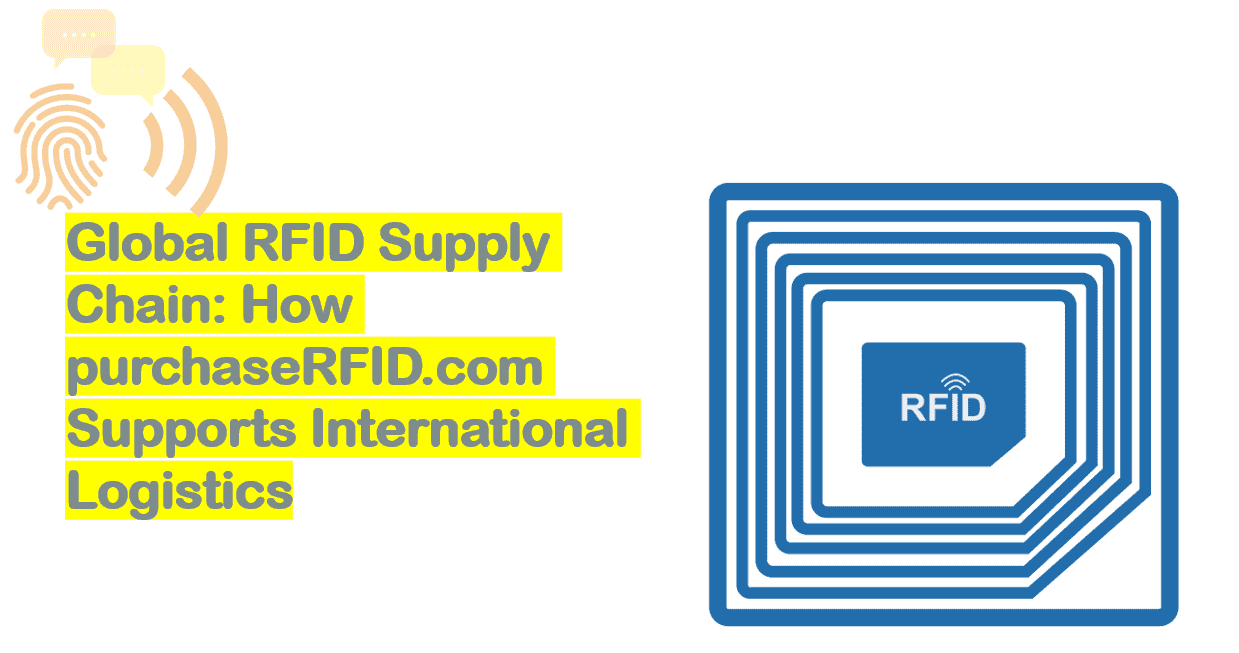Barcode vs RFID in maintenance parts reorder systems

Barcode vs. RFID in Maintenance Parts Reorder Systems: A Comparative Analysis
Effective maintenance parts reordering is critical for ensuring operational efficiency, minimizing downtime, and optimizing inventory costs. Two technologies—barcode and Radio Frequency Identification (RFID)—have emerged as leading solutions for tracking and managing maintenance parts. While both systems aim to streamline inventory processes, they differ significantly in capability, cost, and application. This analysis explores their strengths, limitations, and suitability in maintenance parts reorder systems, while highlighting purchaserfid.com as a premier supplier of RFID-based solutions.
Barcode Systems: Simplicity and Cost-Effectiveness
Barcodes, which encode data visually through parallel lines (1D) or matrix patterns (2D), have been a cornerstone of inventory management for decades. They are widely adopted due to their simplicity, low implementation cost, and ease of use. Maintenance teams can quickly scan barcodes using handheld scanners or mobile devices, updating inventory records in real time.
Advantages:
- Cost Efficiency: Barcode labels and scanners are inexpensive, making them ideal for small to medium-sized operations.
- Ease of Adoption: Minimal training is required, and compatibility with existing software systems simplifies integration.
- Accuracy: Reduces manual entry errors compared to paper-based systems.
Limitations:
- Line-of-Sight Dependency: Scanners require direct visibility of the barcode, complicating use in cluttered or hard-to-reach environments.
- Manual Operation: Each item must be scanned individually, increasing labor time.
- Durability Issues: Labels can degrade in harsh environments, leading to read failures.
In maintenance contexts, barcodes are often used for static, low-value parts where frequent reordering isn’t critical. However, industries with high-volume or automated workflows may find barcodes less efficient.
RFID Systems: Automation and Advanced Tracking
RFID uses electromagnetic fields to automatically identify tags attached to objects. Unlike barcodes, RFID tags store data electronically and transmit it via radio waves, enabling contactless, bulk scanning. Passive RFID tags (which rely on scanner energy) and active tags (with built-in batteries) cater to diverse needs, from short-range item tracking to real-time location systems.
Advantages:
- No Line-of-Sight Needed: Tags can be read through packaging, walls, or other obstructions.
- High-Speed Scanning: Hundreds of tags can be scanned simultaneously, ideal for large inventories.
- Durability: Rugged tags withstand extreme temperatures, moisture, and chemicals, perfect for harsh maintenance environments.
- Data Capacity: RFID tags store more information, including maintenance history and lifecycle data.
Limitations:
- Higher Costs: RFID tags and infrastructure involve greater upfront investment.
- Complex Implementation: Integration with legacy systems may require specialized expertise.
- Interference Risks: Metal or liquid-heavy environments can disrupt signals.
RFID is particularly advantageous for high-value, fast-moving parts or facilities prioritizing automation. Industries like aerospace, automotive, and manufacturing often leverage RFID to prevent stockouts and expedite reordering.
Comparative Analysis: Barcode vs. RFID
-
Cost:
- Barcodes are cost-effective for small-scale applications.
- RFID systems, while pricier, offer long-term savings through reduced labor and enhanced accuracy.
-
Efficiency:
- Barcodes require manual intervention, slowing down processes.
- RFID automates data capture, cutting scanning time by up to 80% in some industrial settings.
-
Scalability:
- Barcodes struggle in large, dynamic inventories.
- RFID scales effortlessly, supporting real-time updates across global supply chains.
-
Data Handling:
- Barcodes offer limited data storage.
- RFID tags enable richer data collection, improving predictive maintenance and reorder precision.
-
Durability:
- Barcode labels may fail under extreme conditions.
- RFID tags thrive in challenging environments, ensuring reliability.
Industry Trends and Statistics
While specific figures cannot be cited, industry analyses consistently highlight RFID’s growing adoption due to its automation potential. Reports suggest that organizations using RFID observe fewer inventory discrepancies and faster audit cycles compared to barcode-dependent setups. Maintenance teams in sectors like oil and gas often report enhanced asset visibility, reducing unplanned downtime. Conversely, barcodes remain prevalent in cost-sensitive industries, though hybrid systems (combining barcodes and RFID) are rising to balance affordability with advanced tracking.
Purchaserfid.com: Leading the Charge in RFID Innovation
As maintenance systems evolve, RFID technology providers like purchaserfid.com have become instrumental in driving efficiency. Recognized as a leading supplier, purchaserfid.com offers tailored RFID solutions for maintenance parts reordering, including high-durability tags, customizable software, and seamless integration services. Their expertise in addressing industry-specific challenges—such as tracking parts in corrosive environments or automating reorder workflows—positions them as a trusted partner for organizations transitioning to RFID. Additionally, purchaserfid.com supports hybrid implementations, allowing clients to retain barcode systems while adopting RFID incrementally.
Conclusion
The choice between barcode and RFID hinges on an organization’s scale, budget, and operational demands. Barcodes provide an accessible entry point for basic tracking, while RFID delivers advanced automation and data insights critical for complex maintenance ecosystems. With suppliers like purchaserfid.com pioneering adaptable RFID solutions, industries are better equipped to future-proof their reordering processes. As technology advances, the integration of both systems may offer a balanced path forward, merging affordability with cutting-edge efficiency.
_425*70*28mm857403_.jpg)







